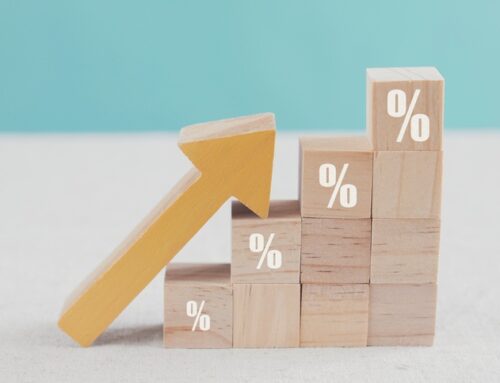Home » Uncategorised »
1.1m Households Had Mortgage Debt 4.5 Times Their Income in 2013
This article is an external press release originally published on the Landlord News website, which has now been migrated to the Just Landlords blog.

More than 1.1m households in the UK had mortgage debts worth more than 4.5 times their income in 2013, despite the number falling in recent years, reveals official data.
The figures, from the Office for National Statistics (ONS), consider how exposed these borrowers could be if interest rates rise.
According to the statistics, 1,117,000 households had mortgage debts worth over 4.5 times their disposable income, accounting for almost one in seven (13.2%) households with mortgages. However,
this was down on 2011’s level, when 1.3m households had mortgage debts at this rate, a higher percentage of all mortgage holders, at 14.5%.
A quarter of households with mortgage debts at this level in 2013 were in London and a further 27% were in the East or South East of England.
The Chief Economist at the Resolution Foundation, Matthew Whittaker, believes the amount of households with high levels of mortgage debt relative to their income is “concerning”, considering it has only dropped slightly during a period of record low interest rates.
He comments: “With rate rises back on the agenda… it’s vital that banks engage with their customers to explain how their mortgage repayments could rise.”1
Stricter mortgage lending criteria was enforced in April 2014 under the Mortgage Market Review (MMR), which made lenders conduct more thorough checks into the spending habits of homebuyers and those looking to remortgage, to ensure their loans are truly affordable. Lenders must now apply stress tests to mortgage applications, making sure borrowers can still afford their repayments if interest rates increase.
Furthermore, the Bank of England (BoE) imposed limits on the supply of credit to higher leveraged households in October 2014. These are defined as those with debt-to-income ratios above the 4.5 level. A household’s leverage is the amount of debt they have in relation to their income.
Recently, households have been rushing to take advantage of low mortgage rates before they are taken off the market. It is believed that the BoE’s base rate could start to rise from its record low of 0.5%.
Competitive mortgage lenders have been offering their lowest ever rates, although some of the best deals may have already been removed.
The ONS report says that if households have used the period of low interest rates to cut their debts, then the effect of a rise will be “relatively muted”.
However, if they have “normalised” low interest rates, then they may have taken more debt than they can afford in the long-term. It says that these cases could result in “considerable mortgage distress if interest rates return to their previous, higher levels”.
The ONS reports that following a “substantial rise in leverage”1 between 2001-08, total household long-term debt dropped from a high of 131.2% of income in the third quarter (Q3) of 2008 to 118.5% in Q2 2015.




